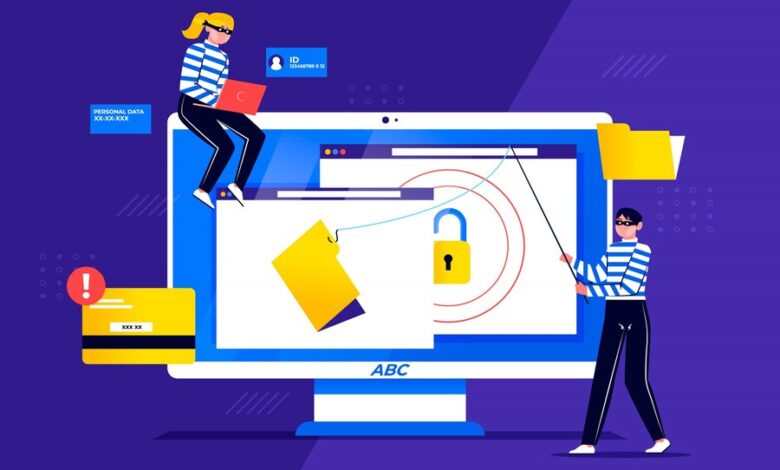Phishing and Extortion Attacks: How to Stay Safe

Breach investigations and how to prevent them are already keeping cybersecurity experts up at night. Detecting a deepfake is now an unwelcome new problem for them. If an attacker is using deepfakes, he or she has total control over the data and visuals being utilised to launch an assault. Insiders and outsiders of the organisation may both employ deepfake technology. If you are blackmailed by العميق التزييف, you can contact us.
A Guide to Countering Attackers’ Deepfake Attacks
The FBI had already issued a warning in 2021 that “the complete spectrum of produced or altered digital material,” including deepfakes, constituted an increasing threat. To make even the most basic synthetic material, Photoshop may be utilised. For their part, deepfake attackers make advantage of AI and ML to sharpen their skills (ML). As a consequence, they’re now capable of producing outcomes that seem realistic in photos and videos.
Always bear in mind that cyber crooks are only interested in stealing your personal information for their own gain. Unfortunately, malware often succeeds completely. As a consequence, they made the logical decision to use deepfakes as a new ransomware tool. For a long time, ransomware has been transmitted through phishing assaults using malware embedded in deepfake movies created by the attackers. With the introduction of this new approach, Deepfakes have developed a new application. Attackers may portray persons or corporations as being involved in a broad variety of unlawful (but fake) activities, which may have a bad influence on their image if the information was made public by the attackers. The movies will be returned to you if you pay the ransom.
With the exception of ransomware, synthetic material is used in several ways. Data and pictures may be used by threat actors to spread disinformation and defraud employees, customers, and others. Assailants may utilise one, two, or all three of these methods simultaneously or individually, depending on the circumstances. Keep in mind that scams have been around for a very long time. In their efforts to deceive their victims, phishing scams have already shown to be rather nasty. Disinformation and other forms of extortion are becoming more common because defences cannot keep up with the rapid development of artificial intelligence and machine learning. Using specialised programmes, today’s cybercriminals may even create pornographic images from real photographs and videos. We can protect you from فيك الديب very easily.
Here’s What You Can Do To Prevent A Deepfake Attack.
Users who have been deceived by phishing attacks will have a significantly harder time identifying deepfake phishing attempts. Training in cybersecurity awareness is an essential part of any successful security programme. You must be cautious when providing information on how to tell a fake from a real thing.
It turned out to be a lot easier than you thought it would be. These kind of attacks make advantage of cutting-edge technology, but they are not without flaws. Senior security strategy director at Cato Networks Etay Maor noted in a webinar that refining facial traits is difficult, especially the eyes. An altered image is one in which the eyes or other facial features don’t move or seem as they should.
In this case, recommended practises also apply.
To tell a deepfake from the real thing, use cybersecurity best practises and have a zero-trust attitude towards it. Check to determine whether what you’re seeing is accurate. To be safe, confirm three times the sender’s identification is correct. Look up the source image using a search engine if you can.
Take steps to prevent your images from being used for manufactured content by adding a digital fingerprint or watermark to them.
Defenses now in place may be used to counter deep-fake phishing and social-engineering attacks. Cybersecurity teams may build up their defences against deepfakes while the attack vector is still in its infancy as an attack vector. It shouldn’t be a concern of yours any more.



